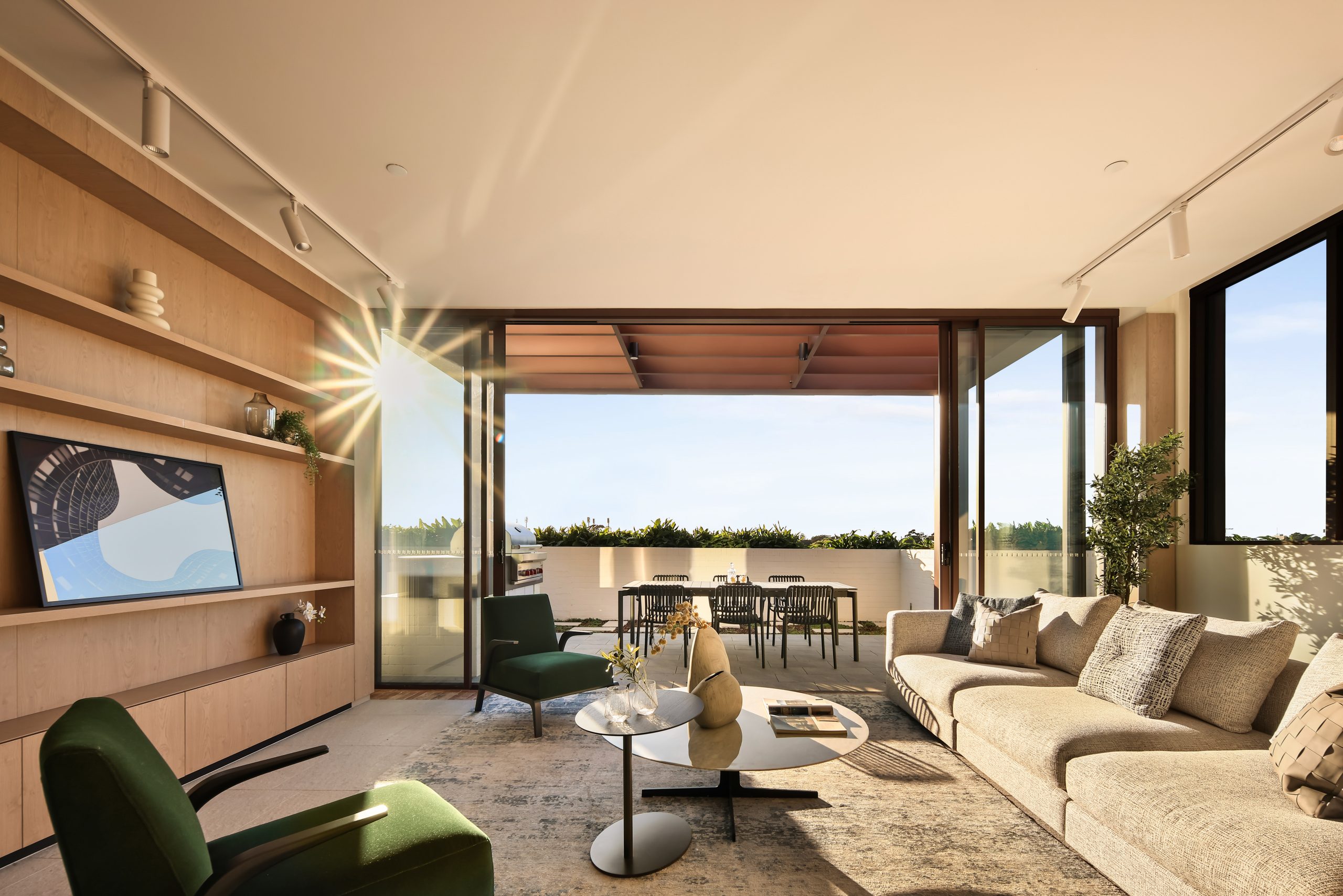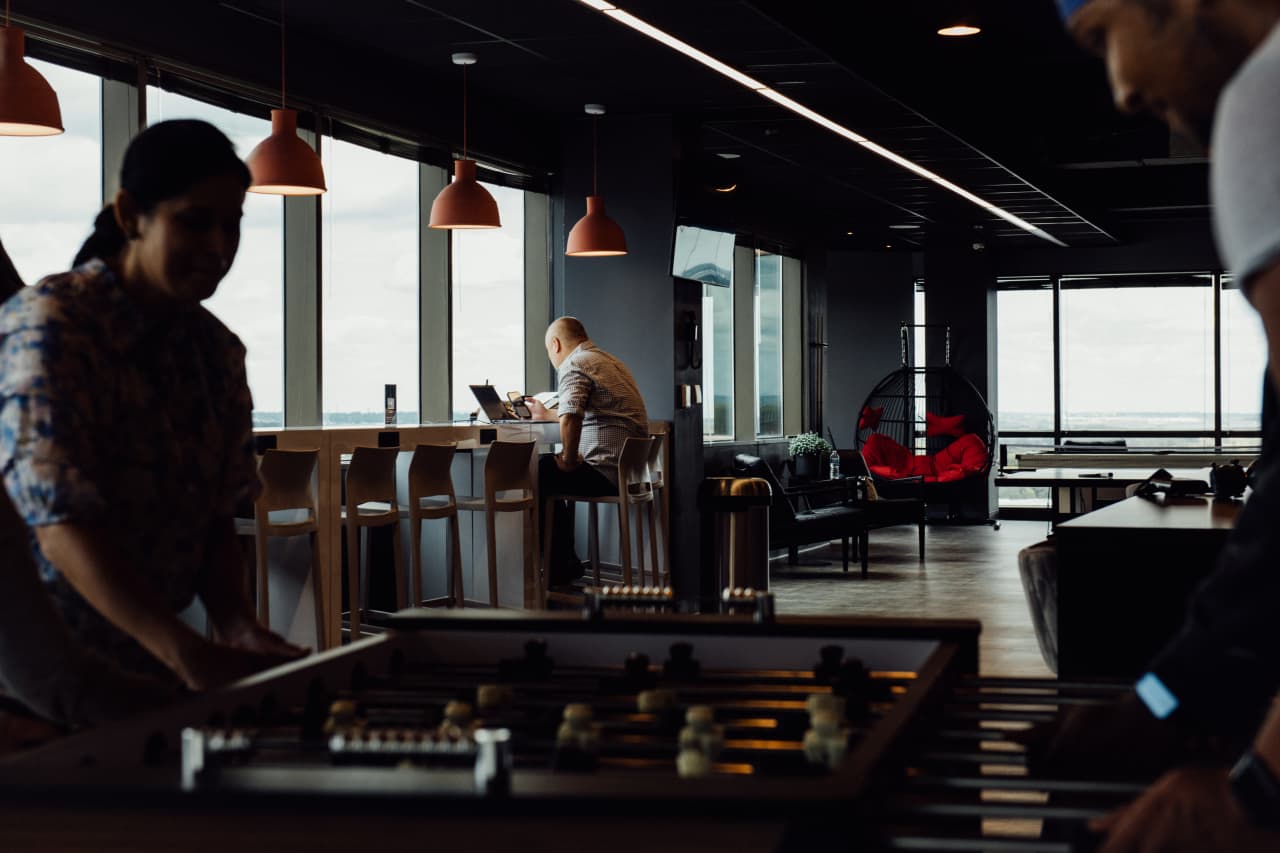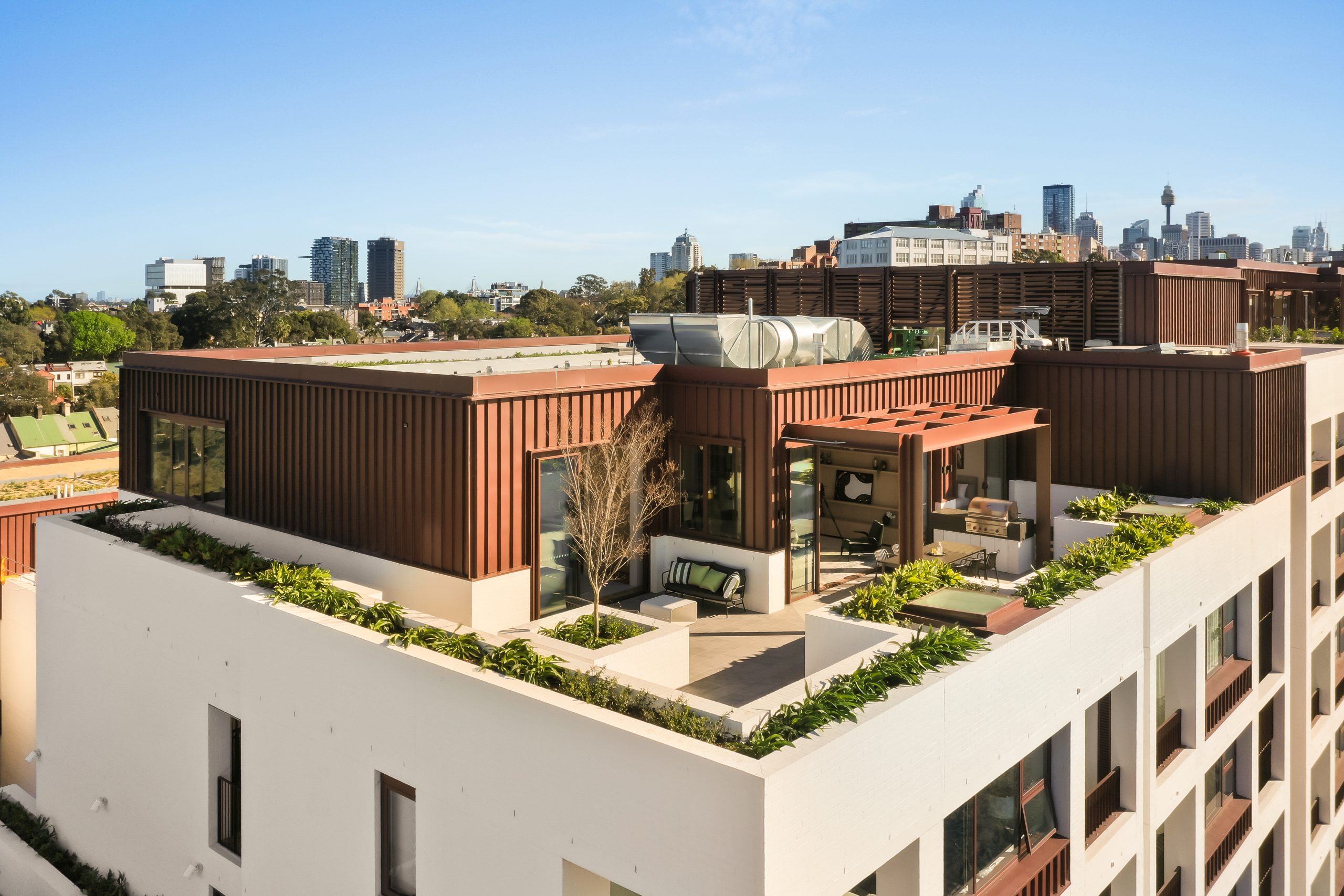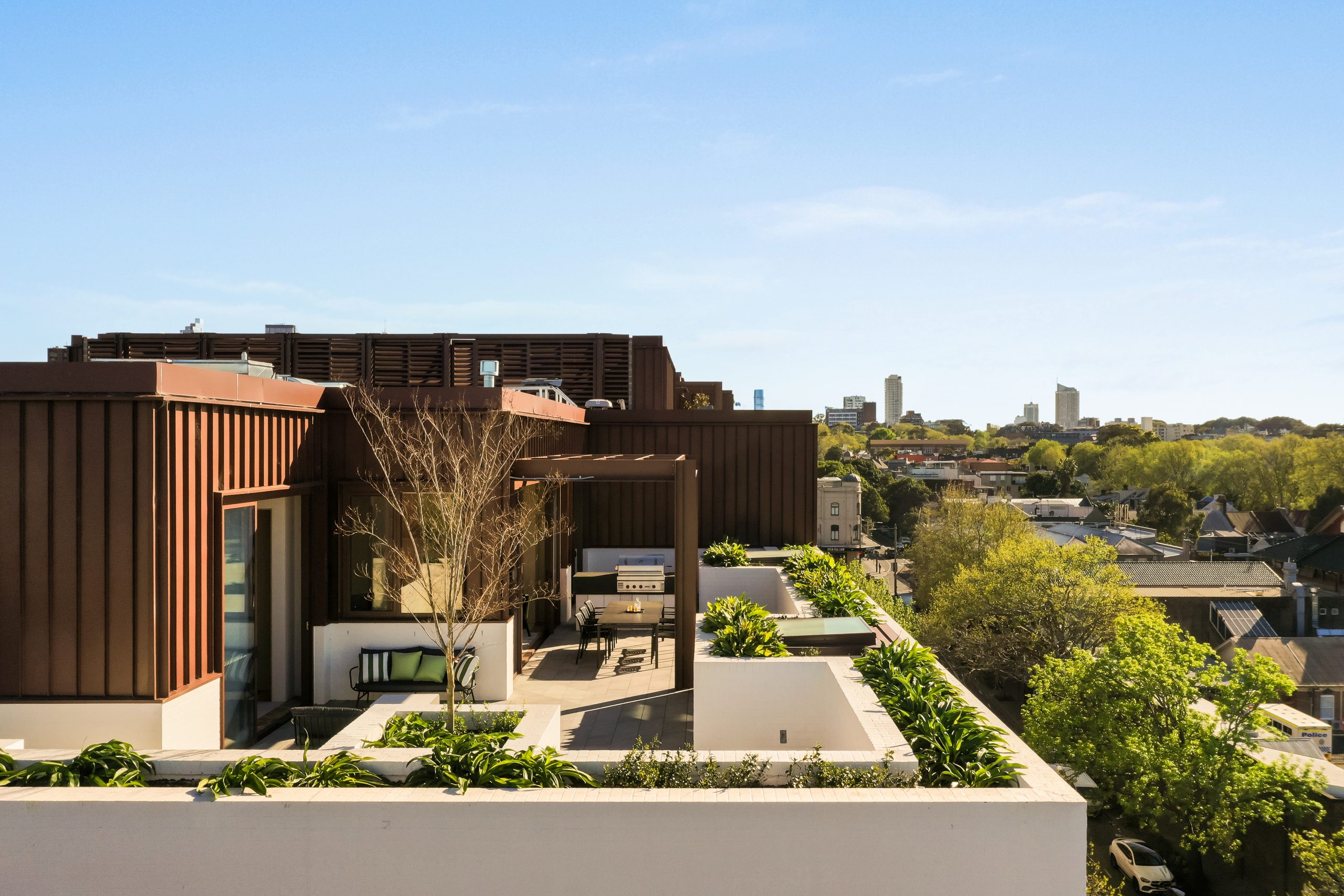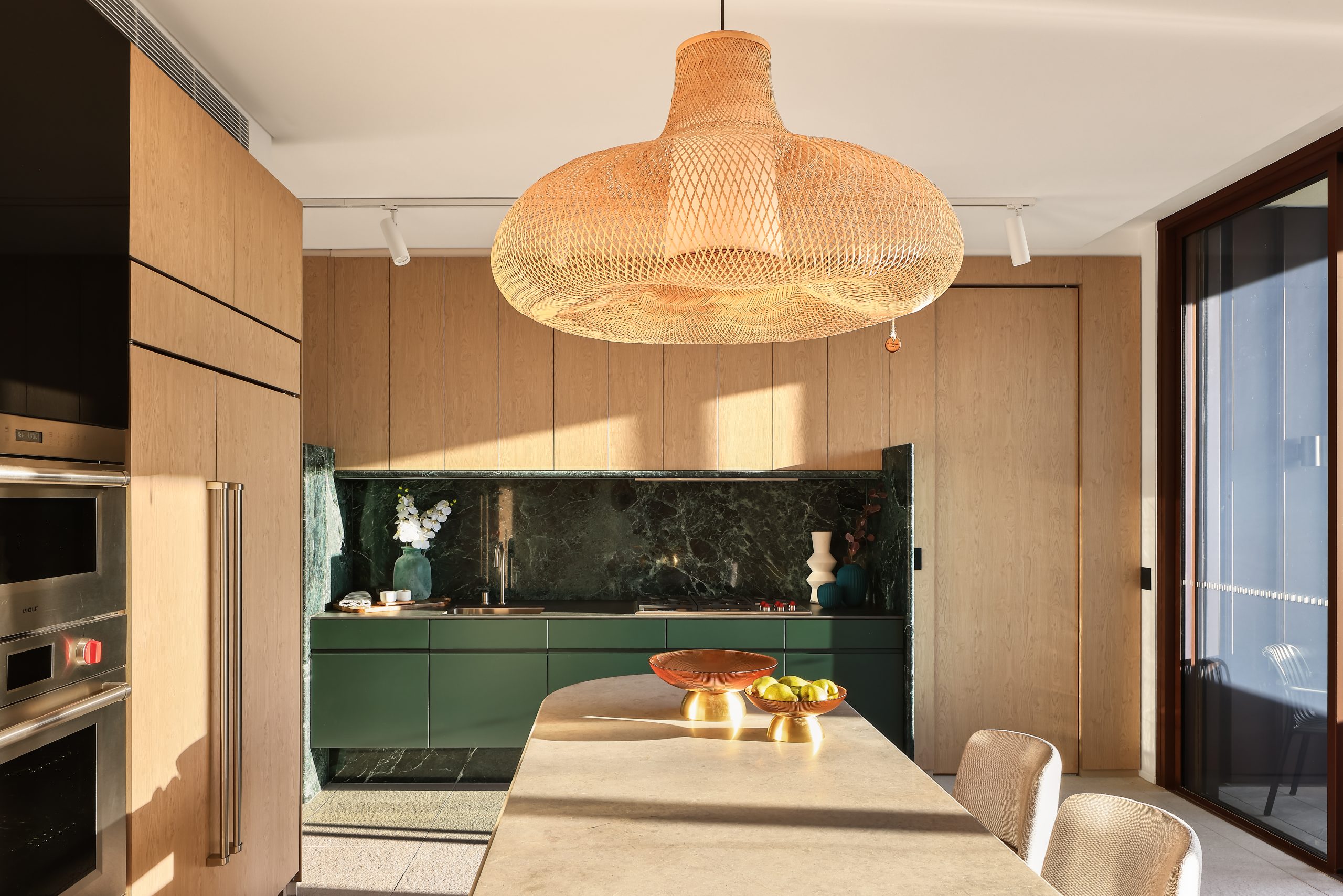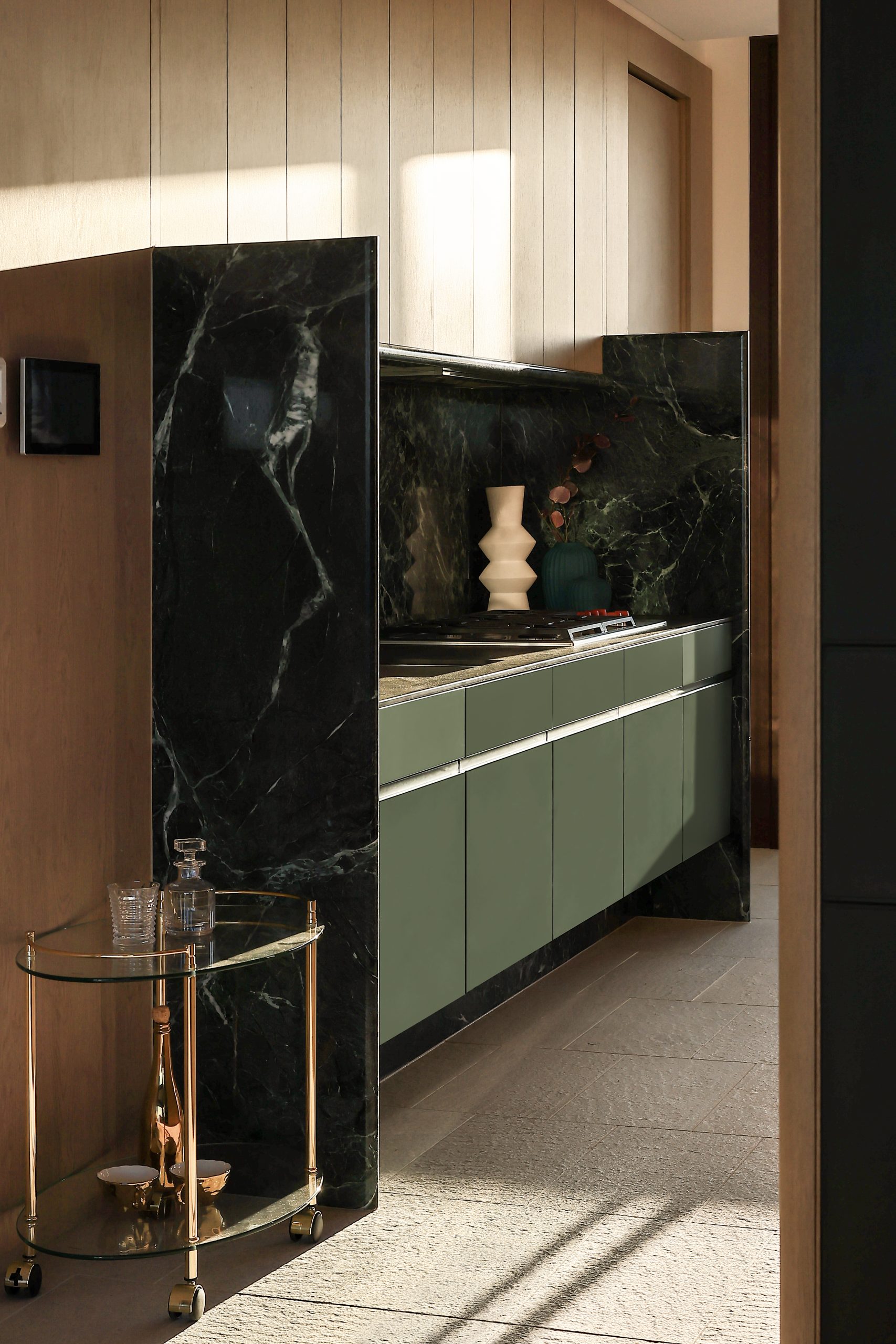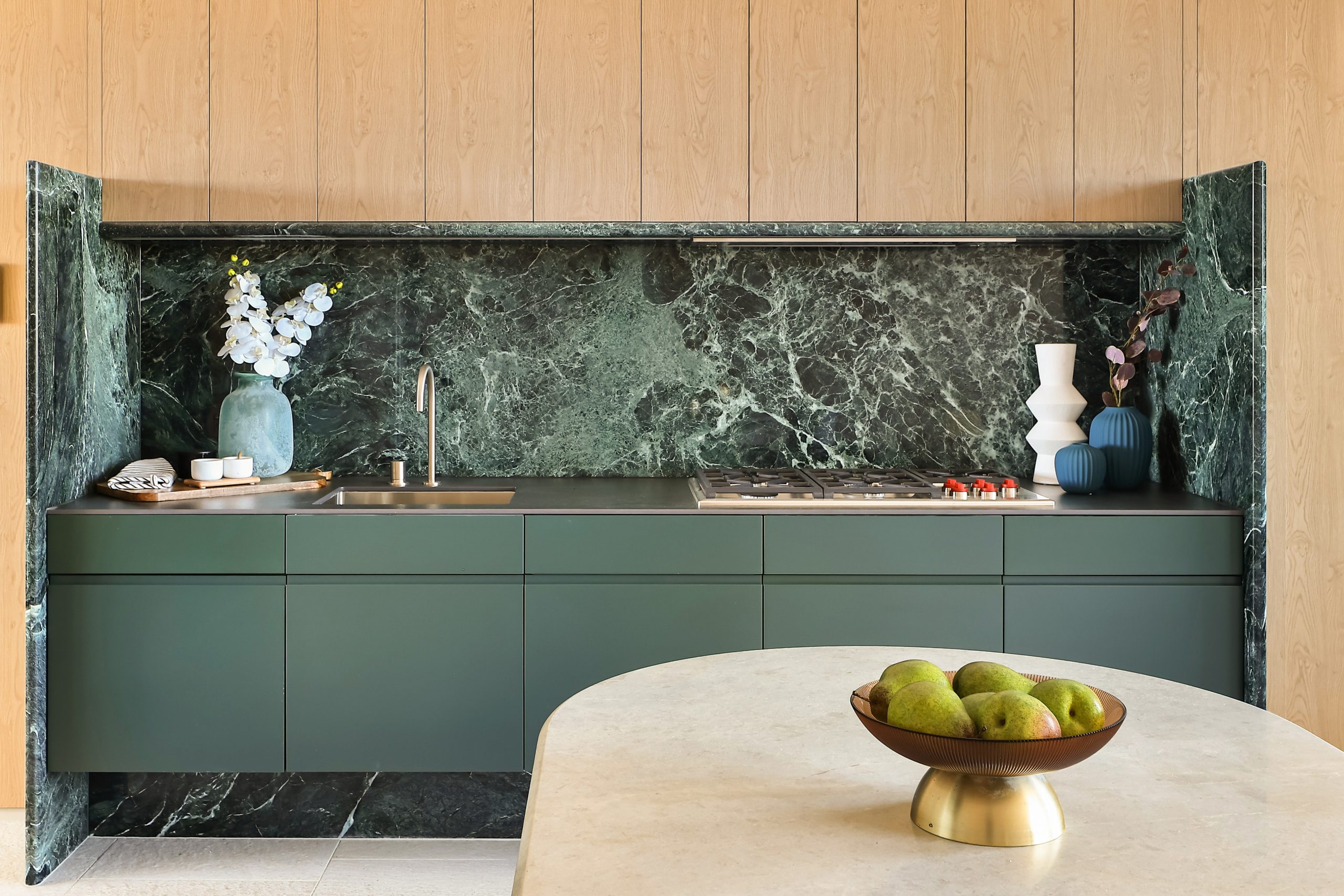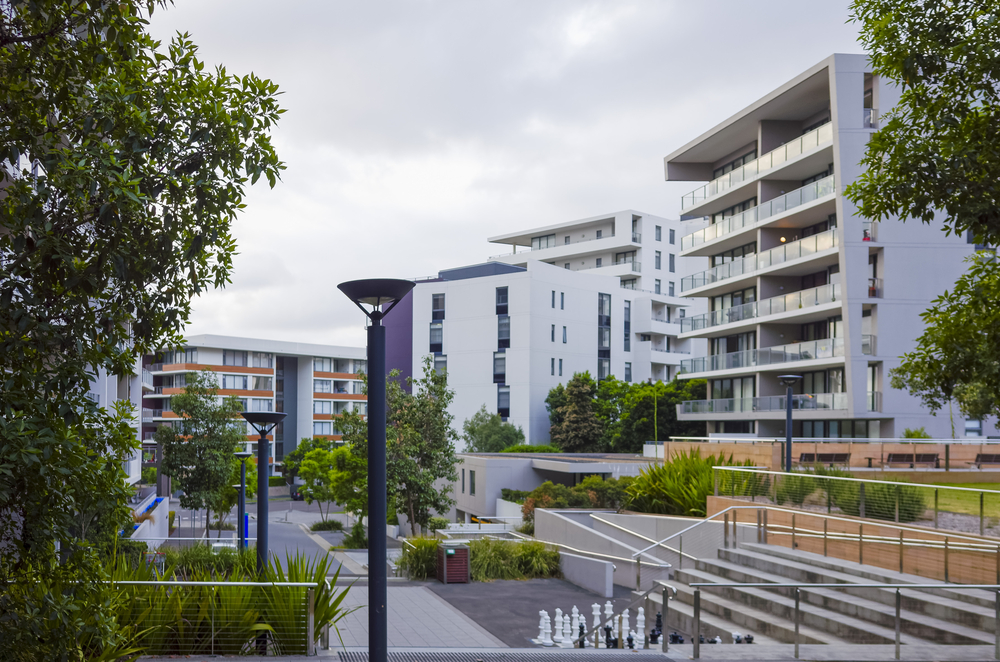The top 7 ways COVID changed the Australian property market
The closed borders and construction delays were just some of the pandemic-induced effects on the local property market
CoreLogic research director Tim Lawless has revealed seven ways in which COVID changed Australian housing market trends.
“It was four years ago when the World Health Organisation declared COVID-19 a worldwide pandemic,” Mr Lawless said. “Since that time economic trends, including housing metrics, have been on a rollercoaster ride. Although lockdowns and the uncertainty of vaccination programs are well behind us, the legacy of COVID will be with us for a long time yet.”
1. Surging home values
Australia’s home price median surged 32.5% between March 2020 and February 2024, providing an incredible uplift of approximately $188,000 for homeowners in just four years. Housing values initially dipped when COVID hit but then surged 30.8% higher to a cyclical peak in April 2022. The market slumped 7.5% as interest rates rose, but as supply dried up and migration spiked, housing values entered a new growth cycle in February 2023 and have since risen 9.5% to date.
Mr Lawless said house values have increased by 37.9% while unit values have risen 16.5%, reflecting buyers’ preference for more space during COVID, and the ability to work from home allowing them to move to city outskirts or regional areas where they could afford a house. This led to regional home prices rising faster than capital city values. Today, regional prices are up a collective 47.6% compared with a 28.5% rise in capital city prices.
2. Rising rents
Mr Lawless said rental markets have tightened substantially, with vacancy rates holding around 1% and weekly rents surging. Nationally, rents have jumped 32.4% since March 2020, adding approximately $150 per week to the median weekly rent.
3. Interest rates
Mr Lawless said emergency low interest rates stimulated demand but in May 2022, when the Reserve Bank began increasing rates to fight inflation, market activity was quickly quelled.“So far borrowers have navigated higher mortgage rates much better than expected with mortgage arrears holding below pre-pandemic levels,” Mr Lawless commented.
4. Inflation
Mr Lawless said unprecedented peacetime fiscal stimulus, low interest rates and stronger global demand once COVID restrictions were lifted created higher inflation. This was exacerbated further by global supply chain disruptions due to the war in Ukraine. “Inflation is now beating forecasts, fuelling speculation we could see rate cuts later this year,” he said.
5. Low unemployment
Strong employment is seen as a crucial factor in keeping the property market stable. Once lockdowns ended and social distancing measures were eased, the jobs market tightened significantly. “Although labour markets are now loosening, RBA forecasts have the unemployment rate holding below 4.5% through to at least mid-2026,” Mr Lawless said.
6. Demographic trends
One factor keeping housing demand strong throughout the pandemic, despite closed borders, was the average household size shrinking as more people bought or rented houses, Mr Lawless explained. Since international borders reopened, record high overseas migration led by students has added massive new demand, particularly in the rental market.
7. Low supply
Low supply of homes for sale and fewer homes being built during COVID resulted in the unusual situation of housing values increasing at the same time as interest rates.
“Dwelling completions have held relatively flat through the pandemic to date, with supply chain constraints, materials and labour shortages, and a surge in construction costs creating a challenging environment for delivering new housing supply,” Mr Lawless said.
This stylish family home combines a classic palette and finishes with a flexible floorplan
Just 55 minutes from Sydney, make this your creative getaway located in the majestic Hawkesbury region.
A Sydney site with a questionable past is reborn as a luxe residential environment ideal for indulging in dining out
Long-term Sydney residents always had handful of not-so-glamourous nicknames for the building on the corner of Cleveland and Baptist Streets straddling Redfern and Surry Hills, but after a modern rebirth that’s all changed.
Once known as “Murder Mall” or “Methadone Mall”, the 1960s-built Surry Hills Shopping Centre was a magnet for colourful characters and questionable behaviour. Today, however, a $500 million facelift of the site — alongside a slow and steady gentrification of the two neighbouring suburbs — the prime corner property has been transformed into a luxury apartment complex Surry Hills Village by developer Toga Group.
The crowning feature of the 122-apartment project is the three-bedroom penthouse, fully completed and just released to market with a $7.5 million price guide.
Measuring 211sqm of internal space, with a 136sqm terrace complete with landscaping, the penthouse is the brand new brainchild of Surry Hills local Adam Haddow, director of architecture at award-winning firm SJB.
Victoria Judge, senior associate and co-interior design lead at SJB says Surry Hills Village sets a new residential benchmark for the southern end of Surry Hills.
“The residential offering is well-appointed, confident, luxe and bohemian. Smart enough to know what makes good living, and cool enough to hold its own amongst design-centric Surry Hills.”
Allan Vidor, managing director of Toga Group, adds that the penthouse is the quintessential jewel in the crown of Surry Hills Village.
“Bringing together a distinct design that draws on the beauty and vibrancy of Sydney; grand spaces and the finest finishes across a significant footprint, located only a stone’s throw away from the exciting cultural hub of Crown St and Surry Hills.”
Created to maximise views of the city skyline and parkland, the top floor apartment has a practical layout including a wide private lobby leading to the main living room, a sleek kitchen featuring Pietra Verde marble and a concealed butler’s pantry Sub-Zero Wolf appliances, full-height Aspen elm joinery panels hiding storage throughout, flamed Saville stone flooring, a powder room, and two car spaces with a personal EV.
All three bedrooms have large wardrobes and ensuites with bathrooms fittings such as freestanding baths, artisan penny tiles, emerald marble surfaces and brushed-nickel accents.
Additional features of the entertainer’s home include leather-bound joinery doors opening to a full wet bar with Sub-Zero wine fridge and Sub-Zero Wolf barbecue.
The Surry Hills Village precinct will open in stages until autumn next year and once complete, Wunderlich Lane will be home to a collection of 25 restaurants and bars plus wellness and boutique retail. The EVE Hotel Sydney will open later in 2024, offering guests an immersive experience in the precinct’s art, culture, and culinary offerings.
The Surry Hills Village penthouse on Baptist is now finished and ready to move into with marketing through Toga Group and inquiries to 1800 554 556.
This stylish family home combines a classic palette and finishes with a flexible floorplan
Just 55 minutes from Sydney, make this your creative getaway located in the majestic Hawkesbury region.












